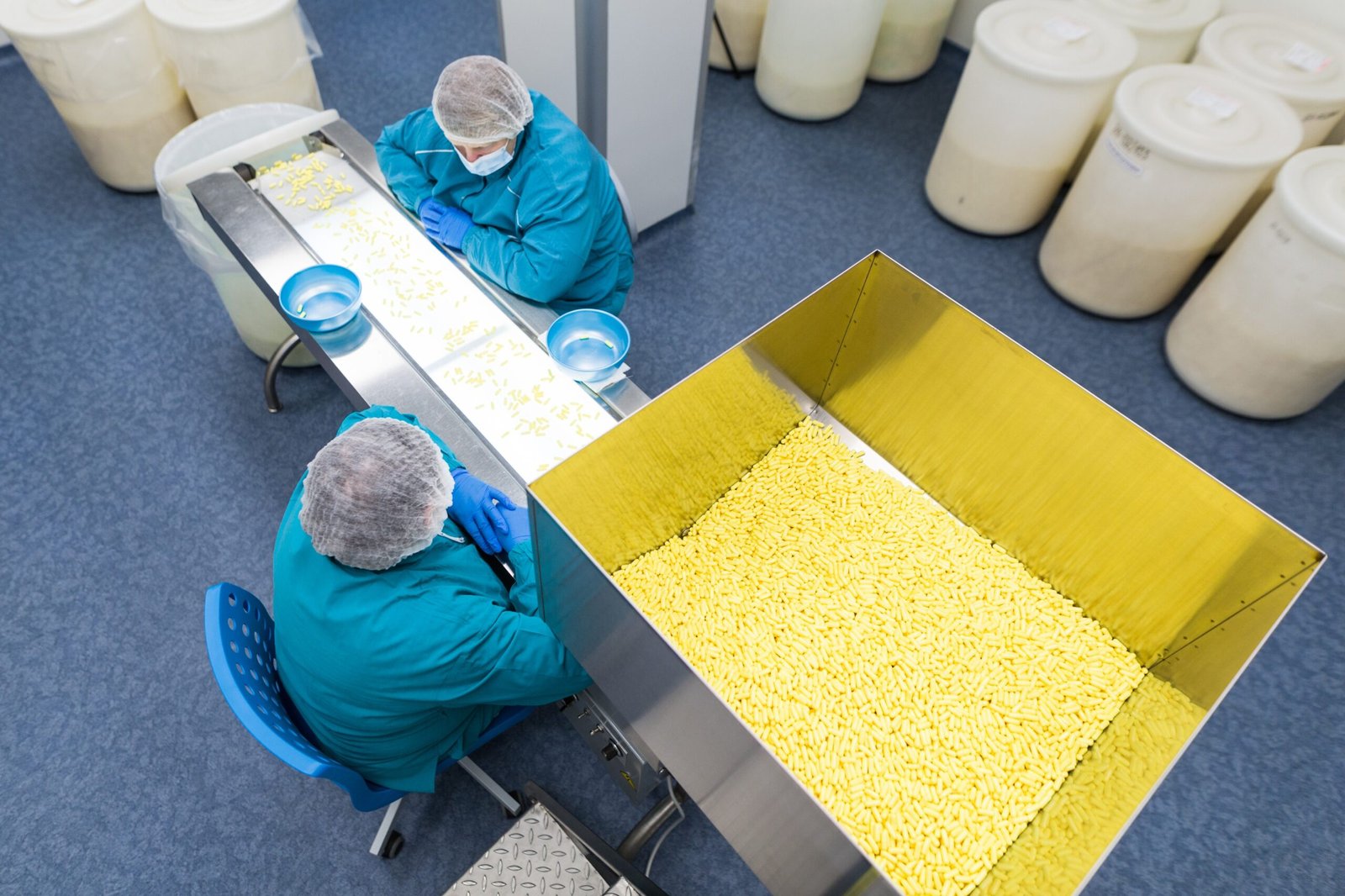Is Your Packaging Process Aligned with GMP Requirements?
In the food industry, packaging isn’t just about branding — it’s a critical control point that ensures product safety, shelf life, and regulatory compliance. If your packaging process is not aligned with GMP (Good Manufacturing Practice) standards, you risk contamination, recalls, and customer complaints.
Let’s break down how to make sure your packaging process meets GMP requirements.

🎯 Why Packaging Matters in GMP
-
Directly affects product safety and hygiene
-
Prevents foreign matter contamination
-
Ensures proper labeling and traceability
-
Plays a key role in preserving product quality
-
Affects your ability to pass audits and get certified (e.g., HACCP, ISO 22000)
📦 GMP Requirements for Packaging Areas
✅ 1. Cleanliness and Hygiene
-
Packaging area must be separated from raw or processing zones
-
Walls, floors, and ceilings must be smooth, cleanable, and in good repair
-
No pests, dust, or exposed materials in the area
-
Regular sanitation schedules must be documented and followed
✅ 2. Staff Hygiene & Behavior
-
Staff must wear clean uniforms, gloves, and hairnets
-
No eating, drinking, or mobile phones in packaging area
-
Only trained personnel allowed to handle packaging tasks
✅ 3. Packaging Materials Control
-
Use only approved, food-grade materials
-
Materials must be stored off the floor and away from contaminants
-
Packaging materials must be checked for damage or contamination before use
-
Maintain inventory records and supplier certificates (e.g., COAs)
✅ 4. Labelling Accuracy
-
Ensure correct labels are used for each product
-
Label printers and applicators must be calibrated and checked regularly
-
No mixing of labels or SKUs to prevent mislabeling
-
Cross-check expiration dates, lot codes, allergen declarations
✅ 5. Equipment Cleanliness and Maintenance
-
Packaging machines must be cleaned daily
-
Use of lubricants or maintenance materials must not contaminate products
-
Document preventive maintenance schedules
-
Check for sharp edges, loose screws, or parts that may fall into products
✅ 6. Physical Contamination Prevention
-
Use metal detectors or X-ray systems after packaging, where required
-
Visual inspections for tears, leaks, or seal integrity
-
Reject systems must be in place for defective packs
✅ 7. Traceability and Records
-
Keep records of:
-
Packaging batch numbers
-
Operators involved
-
Date and time of packaging
-
-
Traceability ensures quick response in case of product recall
⚠️ Common GMP Non-Conformities in Packaging
-
Using non-food-grade or unclean packaging
-
Labels with incorrect allergen or expiry info
-
Inadequate segregation of printed packaging materials
-
Open packaging areas vulnerable to dust, insects, or staff movement
-
Missing documentation for cleaning or supplier verification
🛠️ Quick Tips to Improve Your Packaging Process
-
Conduct monthly GMP audits of your packaging area
-
Train staff on GMP and packaging SOPs
-
Review and update your packaging procedures annually
-
Assign a supervisor to verify labels and product specs daily
🧩 Final Thoughts
Your packaging process is the last line of defense before a product reaches your customers. By aligning your operations with GMP standards, you can avoid food safety risks, ensure regulatory compliance, and protect your brand’s reputation.
Need help auditing or improving your packaging area to meet GMP requirements?
Contact CAYS Scientific — we support Malaysian food manufacturers with hands-on GMP training, SOP development, and certification readiness.



